How to Choose the Best Wood Burning Stove Insert 2025
- October 4, 2023
- 0 comment
When chilly months roll around, there’s nothing quite like the warmth and ambiance of a wood-burning stove. A wood-burning stove insert is an excellent way to transform an inefficient open fireplace into a cozy and efficient heating source. Before investing in one, it’s crucial to understand your needs and the features to look for. This guide will walk you through the essentials to ensure you make an informed choice.
How to Choose the Best Wood Burning Stove Insert:
- Determine Your Needs
- Check the Efficiency
- Material Matters
- Features to Consider
- Safety First
- Venting
- Budget and Warranty
- Consult a Professional
1. Determine Your Needs
In the quest for the perfect wood stove inserts, understanding your unique needs forms the cornerstone of a satisfactory purchase. Here’s a closer look at what you should focus on:
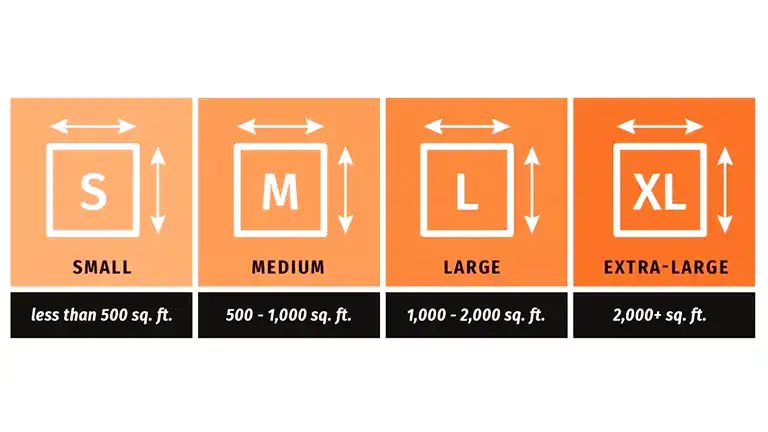
Size and Heating Capacity
- Understanding the Space: Before you set your sights on any stove insert, take a moment to evaluate the space you wish to heat. The room’s size, ceiling height, insulation quality, and number of windows and doors can all affect how much warmth you’ll need. For instance, rooms with high ceilings or poor insulation might require more heating power than a compact, well-insulated space.
- BTUs and Their Importance: The BTU (British Thermal Unit) is a unit that measures the amount of heat required to increase the temperature of one pound of water by one degree Fahrenheit. When it comes to stove inserts, the BTU rating provides a clear picture of the appliance’s heating potential. In simpler terms, the higher the BTU rating, the more heat the stove can produce. However, it’s crucial to strike a balance; an excessively high BTU for a small room can lead to overheating, while a low BTU might not provide sufficient warmth for larger spaces.
- Consider Your Region’s Climate: Your geographical location can play a pivotal role in the BTU rating you require. For homes in colder regions, investing in a stove insert with a higher BTU rating might be a wise decision. Conversely, if you’re in a milder climate, you can opt for a model with a moderate BTU rating.
Purpose of the Insert
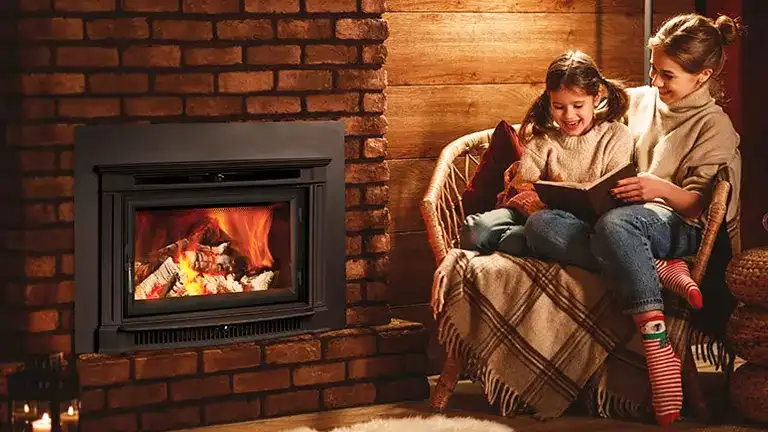
- Primary Heating: If you’re looking for a wood burning stove insert to serve as the main heat source in your home, you’ll need a robust and efficient model. Such inserts should come with features that ensure consistent heat output, longer burning times, and efficient wood consumption.
- Supplemental Heating: For those who already have a primary heat source (like a central heating system) but are looking for a wood stove insert to supplement on particularly cold days or in specific rooms, your demands might be different. You might not need the powerhouse BTUs of primary heaters, but features like quick heat-up times can be beneficial.
- Ambiance Over Function: For some, the crackling flames and rustic charm of a wood burning stove are more about aesthetics than the actual heat. If ambiance is your primary reason for investing in an insert, you might prioritize design and flame visibility over high BTUs. However, even if the focus is on aesthetics, ensure the stove is energy-efficient and safe to use.
2. Check the Efficiency
Efficiency is the lynchpin of any heating device, dictating not just its performance but its environmental impact and cost-effectiveness as well. When considering a wood-burning stove insert, the efficiency factor should be paramount. Let’s dive deeper into understanding this aspect:
EPA Certification
EPA certification for wood stove inserts signifies more than just compliance; it’s a testament to superior performance and reduced emissions, emphasizing environmental protection, indoor air quality, and overall health. While traditional stoves can emit harmful particulates, EPA-certified models champion clean burning, drastically curtailing pollutants. Although they may carry a higher initial price tag, the long-term financial benefits, including reduced wood consumption and potential local tax incentives, make them a worthwhile investment for both the environment and the homeowner.

Efficiency Rating
The efficiency rating of a wood stove insert acts as a performance indicator, where a rating of 80%, for instance, means 80% of the wood’s energy turns into heat, with the remainder being lost during combustion and venting. While high efficiency is appealing for its promise of ample heat from less wood, it’s crucial to balance this with other stove attributes like size, design, and additional features to find a truly fitting solution. Moreover, stoves with top efficiency ratings not only promise cost savings but also promote environmental conservation by reducing tree consumption and minimizing carbon footprints.
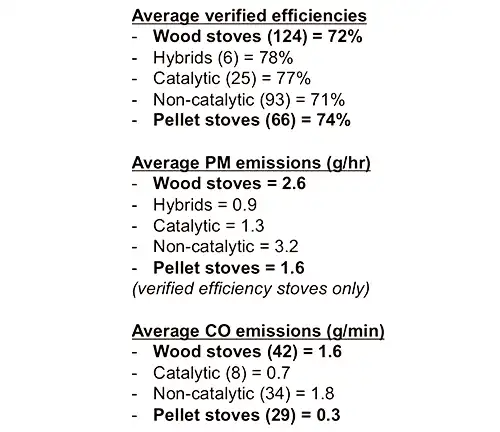
3. Material Matters
The foundation of any wood-burning stove insert is its material. When it comes to stove inserts, the age-old debate usually revolves around cast iron and steel. Both materials have their staunch advocates, and each comes with its own set of advantages and considerations. Let’s delve into these materials to better understand their significance in the context of stove inserts.
Cast Iron

- Historical Significance: Cast iron has long been the traditional choice for wood-burning stoves. With its rich history, a cast iron stove insert brings a sense of nostalgia and classic charm to any room.
- Heat Retention: One of the standout features of cast iron is its remarkable ability to retain heat. Even after the fire dies down, a cast iron stove insert will continue to radiate warmth into the room, offering extended heating benefits.
- Design Flexibility: Cast iron’s malleability allows for intricate and ornate designs. This means that cast iron stove inserts often feature elaborate patterns and details, making them a decorative centerpiece in addition to a functional heating device.
- Longevity and Durability: With proper care, cast iron stoves can last for generations. Their robust nature ensures they stand up well to the intense heat of burning wood.
- The Warm-Up Factor: While its heat retention is exemplary, cast iron does take longer to warm up. This means there’s a bit of a wait before you feel the full effect of the heat after lighting the fire.
Steel
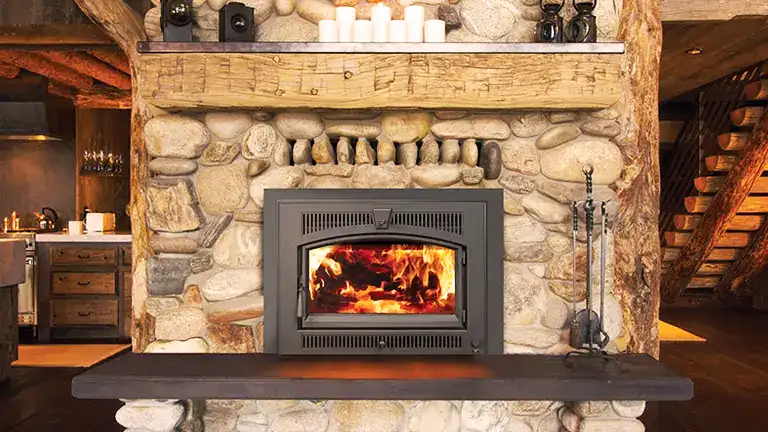
- Modern Aesthetics: Steel stove inserts often sport a sleek, contemporary design. Their minimalist appearance can blend seamlessly with modern interiors, making them a favored choice for those who prefer a more updated look.
- Quick Heat: Steel, by its nature, heats up quickly. This means that with a steel stove insert, you’ll feel the warmth soon after lighting the fire, making it ideal for quick heat boosts during chilly mornings or evenings.
- Consistent Temperature: Steel stoves offer a more consistent temperature output throughout the burn, providing a steady warmth as long as there’s wood burning.
- Heat Dispersion: While steel does heat up rapidly, it doesn’t retain that heat for as long as cast iron. Once the fire is out, the steel will cool down quicker than its cast iron counterpart.
- Durability: Modern steel inserts are built to last, but they might not have the generational longevity that cast iron boasts. Nevertheless, with proper maintenance, they can serve homeowners for many years.
When choosing between cast iron and steel, it’s less about which material is objectively better and more about which aligns with your specific needs and aesthetic preferences. If you’re looking for a stove with a classic touch, unrivaled heat retention, and a penchant for detailed designs, cast iron is the way to go. However, if you lean towards contemporary designs and desire quick, consistent heating, steel is an excellent choice.
4. Features to Consider
Air Control
Air control in a stove insert acts as its throttle, determining wood burn rate and, consequently, heat output. Proper air control allows for a versatile heating experience, ranging from a fast, roaring fire to a slow, enduring burn. It ensures the wood combusts efficiently, maximizing heat production and reducing emissions, while also safeguarding against potential overheating.
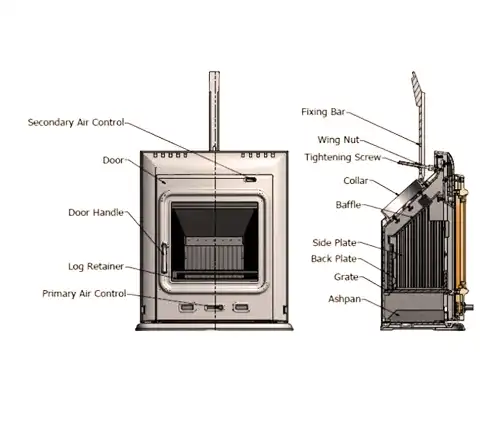
Glass Doors
Glass doors on a stove insert not only offer a captivating view of the flickering flames but, when paired with an air wash system, maintain soot-free transparency. This system uses air to prevent residue buildup, ensuring an unobstructed view. Furthermore, well-designed glass doors optimize energy efficiency by directing more heat into the room and reducing chimney loss.

Blower/Fan
A built-in blower or fan in a wood-burning stove insert amplifies its heating potential. By propelling the radiated heat throughout the room or even to adjoining spaces, it ensures a uniform warmth, eliminating cold zones. This effective heat distribution can lead to tangible energy savings, as less wood might be needed to reach a comfortable room temperature.

Ash Removal System
The aftermath of a wood-burning session brings forth the challenge of ash cleanup. Modern stove inserts address this with an ash-removal system, typically comprising an easy-to-empty drawer or tray. Regular and simplified ash disposal not only ensures safer and more efficient stove operation but can also enhance the longevity of the stove’s internal components.

5. Safety First
Clearances
Safety is paramount when installing a wood-burning stove insert, with particular emphasis on maintaining adequate clearances from combustibles. Each model comes with specific requirements to mitigate fire risks, necessitating strict adherence to the manufacturer’s guidelines. Proper installation ensures the intense heat generated doesn’t ignite nearby materials, preserving both safety and functionality.

Hearth Protection
The area immediately in front of the fireplace, or the hearth, is exposed to embers and intense heat. Depending on the insert model and its specifications, enhancing this zone with a non-combustible hearth pad or an extended hearth is often essential. This addition serves as a frontline defense, protecting your flooring and underlying structures from potential heat damage and ensuring an extra layer of safety in your cozy space.

6. Venting
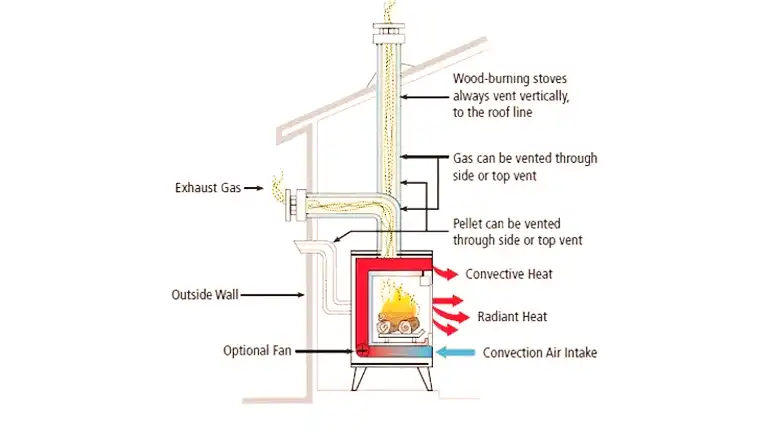
Ventilation is pivotal in the operation of a wood-burning stove insert. The chimney, acting as the exhaust system, must be in optimal condition to handle the insert’s demands. Its structural integrity and cleanliness play a significant role in ensuring both efficiency and safety. In instances where the existing chimney isn’t up to the task or to optimize performance, introducing a stainless steel liner can be a prudent move. This liner facilitates better draft, ensures efficient smoke and gas expulsion, and minimizes creosote buildup, thereby enhancing both safety and operational efficiency.
7. Budget and Warranty

Financial considerations are undeniably vital when selecting a wood-burning stove insert. While the allure of savings from a lower-priced model can be strong, it’s essential to perceive the stove insert as a long-term investment. Shelling out a bit more initially can fetch a unit that promises efficiency, durability, and safety. Alongside the cost, the warranty serves as an insight into the manufacturer’s confidence in their product. A more extended warranty is often a testament to the product’s quality and the manufacturer’s commitment to its lasting performance, providing buyers with both peace of mind and a benchmark for assessing value.
8. Consult a Professional
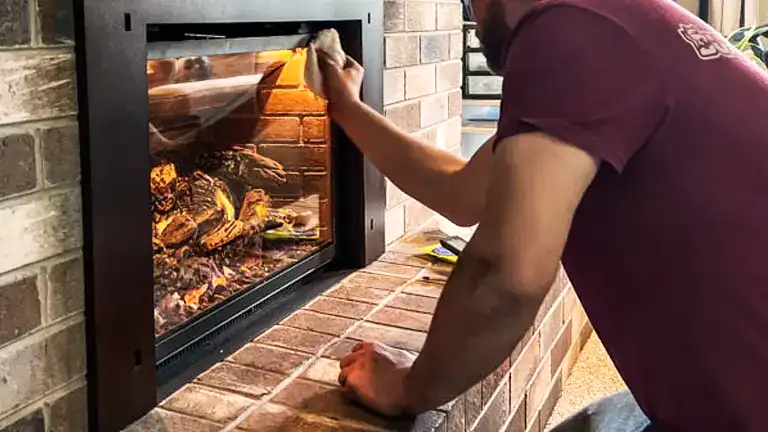
Venturing into the realm of wood-burning stove inserts, with its myriad of choices and considerations, can be daunting. Hence, before finalizing your decision, seeking the expertise of a professional is invaluable. Such experts bring a wealth of knowledge, from evaluating the state of your existing fireplace to recommending the most suitable models tailored to your specific needs. Beyond just guidance, professionals play an instrumental role in safe installation, ensuring that your chosen stove insert not only heats efficiently but also operates safely, maximizing the return on your investment.
Conclusion
A wood-burning stove insert can be a fantastic addition to your home, bringing warmth, reducing heating bills, and enhancing ambiance. By considering the factors above, you can ensure you choose the best insert for your home, serving you efficiently for years to come.
FAQs
- Why are some stove inserts called “EPA-certified”?
This means they meet the Environmental Protection Agency’s emissions and efficiency standards, ensuring they’re environmentally friendly and produce less pollution. - How does the material of the insert, like cast iron versus steel, affect the heating experience?
Different materials offer varied heating dynamics. Cast iron retains heat for longer, while steel heats up more quickly but cools down faster. - Can I cook on top of a wood-burning stove insert?
While primarily designed for heating, some models do allow for light cooking or warming food on their surface. - Does the design or pattern of the stove insert affect its heating capacity?
While design patterns mainly serve aesthetic purposes, the overall build and engineering of the insert play a more significant role in its heating efficiency. - What’s the difference between a wood stove and a wood stove insert?
A wood stove is a standalone unit, while an insert is designed to fit into an existing fireplace. - How often will I need to feed the fire in my stove insert?
This depends on the insert’s capacity and design, as well as the type of wood you use. Hardwoods like oak tend to burn longer than softwoods. - Can I retrofit my old wood-burning fireplace with any stove insert?
Not necessarily. It’s essential to measure the fireplace and ensure the insert is compatible in size and design. - Is it true that some stove inserts can help reduce heating bills?
Yes, by using the stove insert as a primary or supplementary heat source, you can potentially reduce the reliance on more expensive heating methods. - Are there wood stove inserts that work without electricity?
Many wood stove inserts can operate without electricity, though features like blowers or fans would require power. - Do stove inserts also act as humidifiers?
Some homeowners place water pots or steamer kettles on their stoves, which can add moisture to the air as they heat, acting as a rudimentary humidifier. - What kind of maintenance do wood-burning stove inserts require?
Regularly cleaning the ash, checking seals and gaskets, and annually inspecting for creosote buildup in the chimney are essential maintenance tasks. - How does the color or finish of a stove insert influence its performance?
While color or finish primarily affects aesthetics, darker colors might radiate heat slightly more efficiently than lighter ones.
As we round off our exploration into How to Choose the Best Wood Burning Stove Insert 2025, we’d love to hear from you! Whether you’ve got a cozy story about your own stove, some helpful tips, or even just a question or two, drop them in the comments below. Let’s turn this article into a warm, friendly chat around the digital fireplace. After all, the best insights often come from shared experiences. Can’t wait to hear your thoughts!

David Murray
Forestry AuthorI'm David Murry, a forestry equipment specialist with a focus on chainsaw operation. With over 13 years of experience, I've honed my skills in operating and maintaining a wide range of machinery, from chainsaws to log splitters. My passion for the outdoors and commitment to sustainable forestry drive my work, which emphasizes safety, efficiency, and staying updated with industry advancements. Additionally, I'm dedicated to sharing my expertise and promoting environmental awareness within the forestry community.



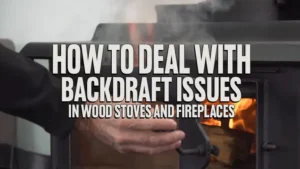









Leave your comment